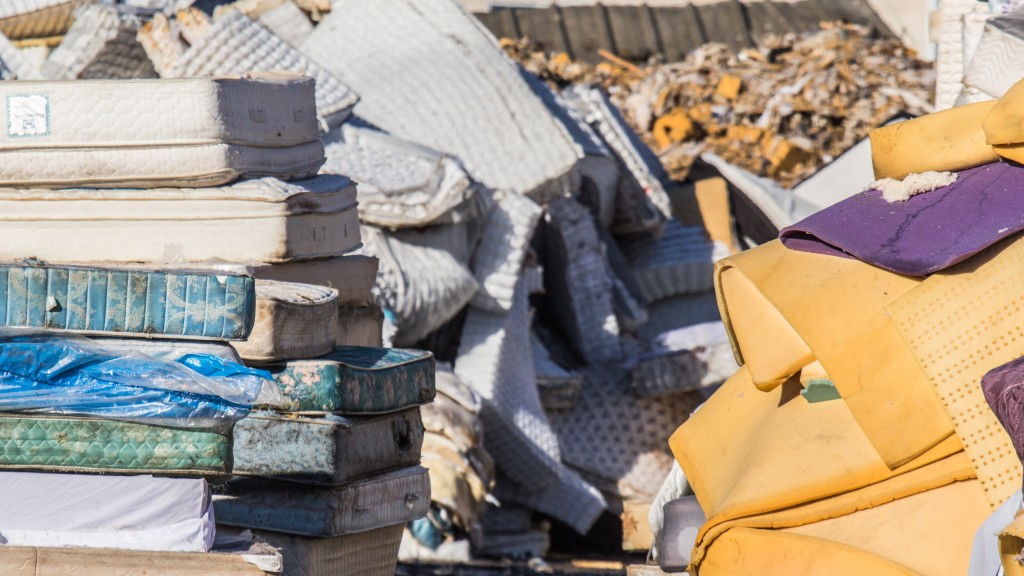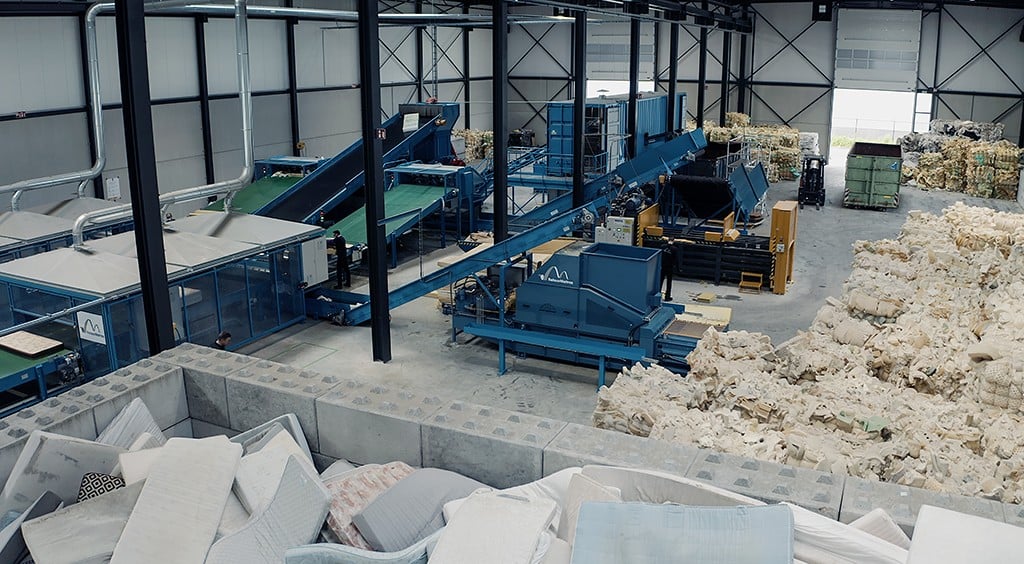
The Mattress Recycling Council (MRC) has achieved 10 million recycled mattresses through its statewide programs in California, Connecticut, and Rhode Island. As a result of this work, more than 380 million pounds of steel, foam, fibre, and wood have been diverted from landfills and recycled into new products. To be even more effective in recycling its next 10 million mattresses, MRC has undertaken research to promote product circularity in the mattress industry and improve mattress collection and recycling processes.
"Since our first program launched in 2015, MRC has provided residents with highly accessible recycling services, diverted many thousands of tons of recyclable materials from the waste stream and created hundreds of green jobs. In addition, our Bye Bye Mattress consumer education effort has informed residents why mattress recycling is important and how to do it correctly," said Mike O'Donnell, MRC's managing director. "We share this achievement with the mattress manufacturers, retailers, recyclers, state, and local officials, research partners and countless others who have collaborated with MRC to make this milestone possible."
The MRC's mattress recycling infrastructure
To create its statewide collection networks in California, Connecticut, and Rhode Island, MRC leverages existing solid waste infrastructure to obtain mattresses from waste haulers, landfills, transfer stations, and public works yards, as well as mattress retailers, businesses, and institutions that dispose of mattresses, such as hotels, colleges, and nursing homes. MRC also collaborates with local leaders, nonprofit organizations, and community-based groups through local collection events.
"We've worked closely with local governments to reduce both their mattress disposal costs and the logistical problems that bulky mattresses cause," said Marie Clarke, MRC's vice president of industry and external affairs. "In the process, MRC has diverted valuable resources from landfills and back into the economy."
To put the 10 million mattress milestone into perspective, MRC transports nearly 10,000 truckloads of mattresses annually from more than 300 collection sites to nearby recycling facilities for disassembly. The recyclers then prepare the materials for sale to scrap dealers. This work creates entry level positions as well as jobs for skilled technicians who maintain complex recycling machinery. Nonprofit organizations, including Goodwill, Habitat for Humanity, the Local Conservation Corps in California, Park City Green, Salvation Army, and St. Vincent de Paul, in addition to small-businesses and other companies, operate MRC's collection sites, collection events, and recycling facilities. A number of these organizations use mattress recycling positions to bolster their jobs training programs.
Opportunities to improve the mattress recycling circular economy
Underpinning this achievement is MRC's efforts to improve its operations and find new and better uses for old mattress materials. For example, to reduce its carbon footprint, MRC is improving its transportation network efficiency. In addition, MRC allocates nearly $1 million annually to research projects that will improve processing productivity, recover more recyclable material, and explore new end markets. MRC is currently seeking creative proposals that demonstrate how mattress components can be used in new and reformulated products. Selected applicants are eligible to receive up to $100,000 per project.
"Our process improvement efforts are helping mattress recyclers respond to immediate operational challenges while also setting them up for long-term success," said O'Donnell. "We also welcome the interest that mattress manufacturers and component suppliers are taking in our research as their efforts to create a more circular economy for mattresses accelerates."



